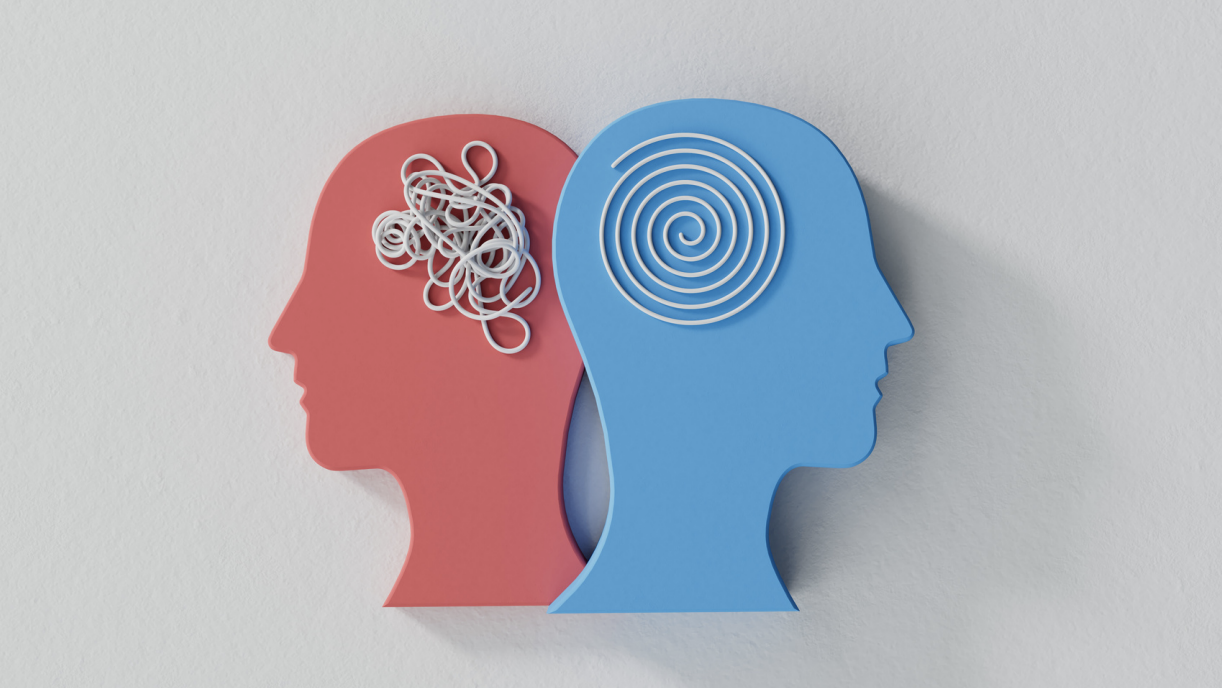What is EMDR?

EMDR is the popular acronym for the treatment modality called Eye Movement Desensitization and Reprocessing. Francine Shapiro developed it over 40 years ago and was originally created to treat post-traumatic stress disorder (PTSD). EMDR is an evidence-based psychotherapy in that its effectiveness in treating different mental health issues including depression, anxiety, prolonged grief, obsessive-compulsive disorder (OCD) and many others, has been proven through several research findings. It allows clients to access memories of an incident without being overwhelmed by them (Van Der Kolk, B, 2014).
What does EMDR help with?
EMDR helps with decreasing the emotional disturbance attached to traumatic memories and experiences with the goal of helping the client integrate them into their life stories. It is used with children and adults to help them feel better about a wide range of problems including different forms of abuse, neglect/abandonment, bullying, anxiety and worries, sadness, anger problems, parents’ conflict, divorce/separation, relocation, exposure to violence/natural disasters, and much more.
How Does EMDR work?
According to Shapiro (2018), when someone experiences a painful or upsetting event, the memory of that experience sometimes stays “stuck” in one’s body, heart, and mind. Your therapist can help identify memories that are getting stuck and giving you problems especially whenever something reminds you of the problem. Furthermore, EMDR can also help to work through body sensations, worries, thoughts and feelings that accompany the memories.

What are the phases of EMDR?
EMDR is a structured modality which takes clients through 8 phases to help their brains and bodies get unstuck and begin to heal from traumatic or stressful experiences.
Phase 1
Addresses the client’s background history and focuses on setting goals or targets.
Phase 2
Clients prepared by learning how EMDR works and learning new skills to manage uncomfortable emotions, sensations, thoughts, and worries that clients may experience either during or outside of therapy sessions.
Phase 3
When the client identifies specific target problem to be processed, is helped to explore the negative and positive or unhelpful and helpful thoughts/beliefs, emotions, as well as the how much these are felt and believed. The client also engages in exploring the locations of the body sensations that accompany the emotions.
Phase 4
Focuses on reprocessing the target problem while using bilateral stimulations such as eye movement, tapping, dancing, drawing and other creative ways. These help to tax the client’s working memory to allow the adaptive information system to process the targeted disturbance. In other words, helping to move and shake the stress of the target problem out on the body, heart, and mind (Mark-Griffith, 2023).
Phase 5
Focuses on strengthening the client’s positive and healthy thoughts so that they would not feel overwhelmed when next they are reminded about the target problem.
Phase 6
Focuses on helping clients release any unhelpful memories that are stuck in their bodies in the form of sensations.
Phase 7
When the session is ended by doing something to help the client calm down, relax, validate the client, and probably bring up some fun things. Also, the therapist prepares the client for what to expect in between sessions.
Phase 8
Happens at the beginning of the next EMDR session when the therapist checks with the client to see where they are at with the target problem they worked on in the previous session. They would also talk about the progress made so far, any concerns, and things clients still need to work on.
Who can benefit from EMDR?
EMDR is a modality that has proven to be effective with children and adults alike. A lot of times, the client is unable to connect their patterns of challenging behavior with past experiences which seem to be playing out in different aspects of their present lives. In addition to clients with PTSD, EMDR has treated clients struggling with:
- anxiety
- panic attacks
- depression
- stress
- phobias
- sleep problems
- complicated grief
- addictions
- pain
- self-esteem
- performance anxiety.
EMDR with Children via Telehealth
Doing EMDR with children involves using creative ways to help kids feel better after scary, stressful, or traumatic experiences. They are generally described to kids as yucky experiences which make them have yucky thoughts in their minds and the yucky feelings inside them (Waldon, 2015). Using stories, drawing and other forms of expressive art, kids are helped to face their yucky experiences after working with them to develop a team of helpers and learning different types of dual attention stimulation involving back and forth movements.
How does HopeNation Counseling offer EMDR?
HopeNation Counseling’s licensed therapists who are certified for both telehealth practice and EMDR. EMDR is very amenable to telehealth. For many years, EMDR has been using technology such as Thera-tappers and headphones for bilateral stimulation. Over the years, several resources have developed to make doing EMDR online very effective. HopeNation EMDR thearpists are equipped with different online resources to effectively assist clients through various challenges.
HopeNation offers individual EMDR sessions to clients as well as conjoint EMDR sessions when required. Click here to contact HopeNation today to schedule a consultation.

Adesola Ojo
